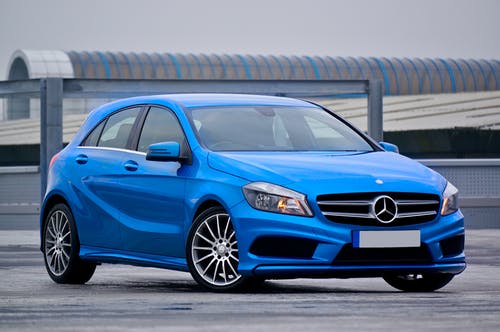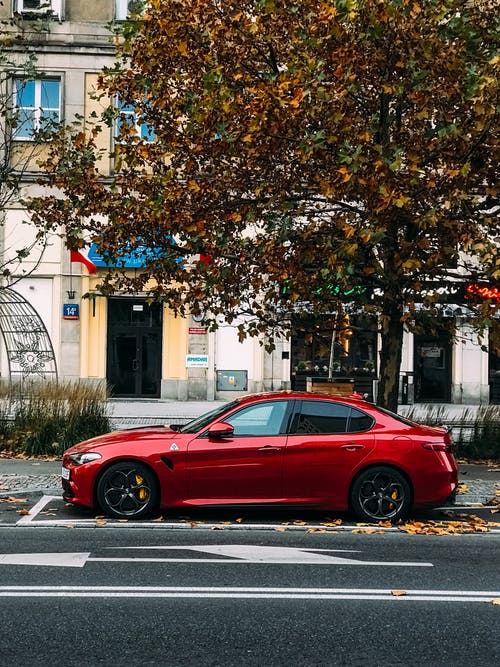The FPR (Fuel-Pressure-Regulator) is a component of the Electronic Fuel Injection (EFI) systems for cars. The Petrol Pressure Regulator’s job is to keep the fuel pressure constant in all engine operating circumstances, as the names suggest.
To guarantee that the fuel flowing out of the injection system has always been in a fog mist, the motor requires the same fuel pressure. The combustion outcomes produced inside the engine combust tank will be smoother and always optimal in this manner.
The motor will have troubles if the injected gasoline is not in the form of a mist. For instance, the engine gets more difficult to start or consumes more fuel.

Parts of an FPR
There are three critical parts inside the fuel regulators: diaphragms, springs, and valves.
The fuel regulators use the volume of air vacuum from inside intake pipe to regulate fuel pressure in accordance with engine needs. For instance, when the vehicle is idling (stationary/idle), at peak charge, or even when it is shut off.
What is the function of the FPR?
The fuel regulators are shown in action under a variety of engine settings.
When the vehicle is idling
When the motor is stationary, the injector sprays less gasoline into it. The fuel pressure in the Inlet Nozzle will rise as a result. The Fuel Pressure Regulator uses the quantity of air vacuum on the inside of the air intake to avoid excess force in the delivery pipe.
This air vacuum is used to force the membrane back into place and release the fuel valve, allowing fuel to flow back into the tank via the return line. The fluid pressure inside the Inlet Nozzle remains balanced as the fuel runs back into the rese.
When the engine is running at full capacity
Meanwhile, the injectors will discharge more gasoline when the engine is fully loaded. This implies that the fuel pressure in the Delivery Tube will drop quickly and dramatically.
The fuel regulator’s piston will push the membrane back into place, closing the valve, to prevent a loss of gasoline pressure inside the Delivery Tube owing to the pump spraying a huge volume of fuel.
The fluid pressure in the Delivery Line will not change since the fuel gate is closed.

When the engine is switched off
The springs will push on the membrane and valve again when the vehicle stops and the fuel pump stops operating. The valve closes as a result. The safety valve in the gasoline pump will also shut at the same moment.
The fuel pressure within the delivery tube can be regulated and will remain constant by shutting the valve and fuel pipe with the check valve. When the motor dies, the presence of gasoline pressure in the delivery tube makes it simpler to start the car for the first time, then for the first time after the vehicle has been stopped for a long period.





